Frozen pipes under mobile homes pose a significant risk for homeowners, primarily due to their typically exposed and uninsulated nature. As temperatures plummet, the water within these pipes can freeze, leading to blockages, burst pipes, and extensive water damage. The challenges are exacerbated by inadequate insulation in crawl spaces and underbellies, making prevention even more critical.
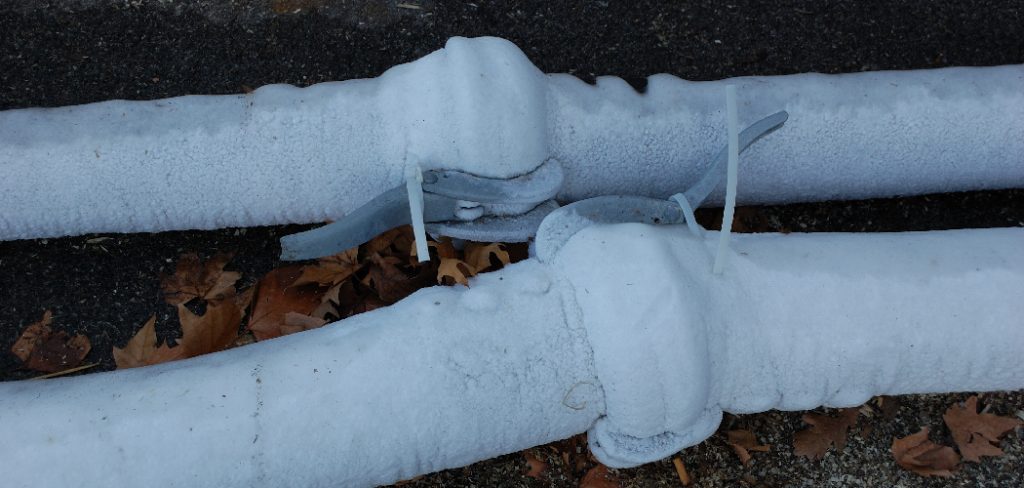
It is essential to take proactive measures to safeguard against freezing, as the consequences of burst pipes can result in costly repairs and subsequent water damage that can compromise the home’s integrity. This article aims to provide valuable insights and practical strategies on how to keep pipes from freezing under mobile homes. By following these methods, homeowners can significantly reduce their risk of experiencing the inconveniences and expenses of frozen pipes.
Understanding the Risk Factors
Exposure to Cold Air
Pipes located beneath mobile homes are frequently vulnerable to exposure to cold air, particularly when skirting and insulation are deficient. When these protective barriers are insufficient or damaged, cold air can circulate freely around the pipes, significantly heightening the risk of freezing. For instance, in mobile homes situated in regions that experience harsh winters, pipes near unsealed skirting or poorly insulated areas can be directly affected by frigid temperatures.
Furthermore, common scenarios such as improperly installed skirting or unsealed gaps allow cold drafts to enter, exacerbating the freezing risk. Even in milder climates, sudden temperature drops can pose a danger, making it essential to regularly inspect and maintain these protective measures.
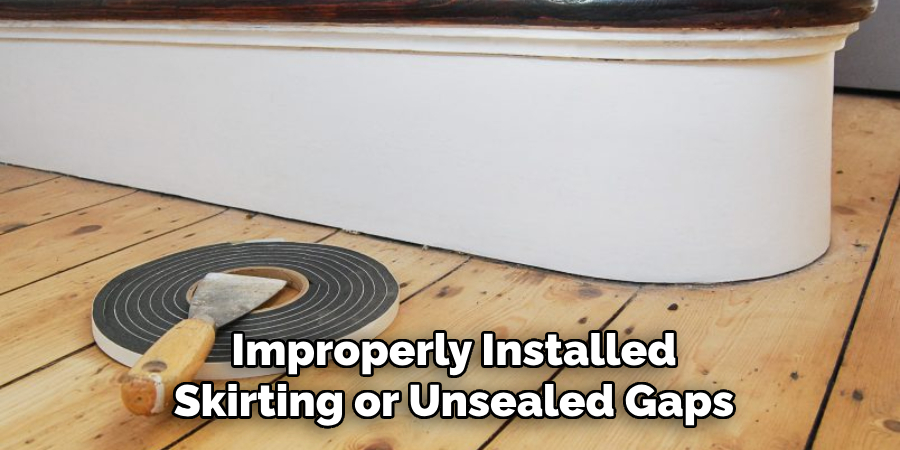
Temperature Fluctuations
Temperature fluctuations are critical in increasing the likelihood of frozen pipes under mobile homes. During periods of extreme cold or rapid temperature drops, especially during cold snaps, pipes can quickly become vulnerable if there is an absence of consistent heating in the crawl space or underbelly. For example, a sudden cold front can lead to nighttime temperatures plummeting, which may catch homeowners unprepared.
Additionally, power outages that disrupt heating systems can result in dangerously low temperatures in these areas. This lack of stable warmth can create conditions where water within the pipes freezes, leading to blockages and potential damage. Homeowners need to monitor weather forecasts and ensure that heating solutions are reliable, particularly during winter when unpredictable weather can profoundly affect plumbing systems.
How to Keep Pipes from Freezing Under Mobile Home: Insulating Pipes and Underbelly
Step 1: Insulate Pipes
Properly insulating pipes is crucial for preventing freezing. Materials Needed: To insulate your pipes effectively, gather foam pipe sleeves, heat tape, or pipe wrap. Instructions: Start by measuring the lengths of the pipes that need insulation. Cut the foam sleeves or pipe wrap to the appropriate lengths, ensuring a snug fit around the pipes. Once cut, secure the insulation in place using tape or clamps, ensuring there are no gaps. Tips: It’s particularly important to cover all exposed pipes, especially those located in unheated areas or closer to the ground, as these are the most susceptible to frigid temperatures.
Step 2: Install Skirting and Insulation
Installing skirting around your mobile home can significantly reduce the exposure of your pipes to cold air. Materials Needed: Collect vinyl or metal skirting panels, foam board insulation, and weather-resistant adhesive. Instructions: Begin by installing skirting panels around the base of the mobile home; ensure they fit securely to protect against drafts. Adding insulation boards between the skirting and the ground is advisable for extra protection, which further reduces the risk of cold air reaching the underbelly. Tips: Regularly check for gaps or holes in the skirting and seal these openings to prevent cold air infiltration.
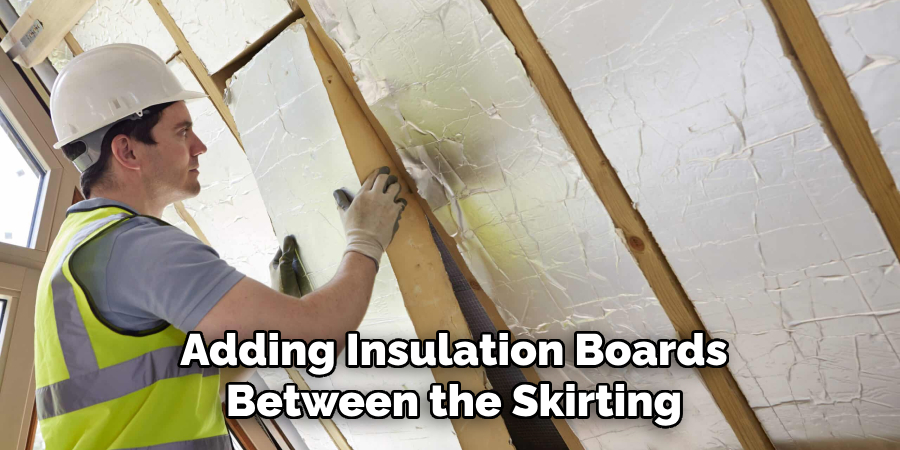
Step 3: Use Pipe Heating Cables
An effective method for preventing frozen pipes in extreme cold is to employ pipe heating cables. Materials Needed: Acquire heating tape and suitable electrical cords for this purpose. Instructions: Wrap the heating cables around the pipes carefully, following the manufacturer’s instructions. After installation, plug in the heating cables to activate them, providing an additional warmth source during freezing temperatures. Tips: Exercise caution while using heating cables; avoid overlapping the cables, and ensure that all electrical connections are secure to prevent any safety hazards.
How to Keep Pipes from Freezing Under Mobile Home: Maintaining a Consistent Temperature
Step 1: Keep the Crawl Space Warm
You can employ several methods to maintain a warmer temperature in the crawl space. One effective approach is using space heaters or installing a small, energy-efficient heater designed for enclosed areas. Electric space heaters can provide localized warmth, effectively raising the ambient temperature in the crawl space where pipes are located.
When using heaters, following safety tips to mitigate risks is crucial. Ensure that there is proper ventilation in the area to prevent the buildup of harmful gases. Also, keep heaters safe from any flammable materials, such as insulation or debris, to avoid fire hazards. Regularly check heater settings and maintain an appropriate temperature to prevent pipe freezing without compromising safety.
Step 2: Allow for Warm Air Circulation
Ensuring warm air circulates effectively under the mobile home is essential for preventing frozen pipes. One simple method is to open cabinet doors in kitchens and bathrooms to allow warm air from the home to reach plumbing areas where pipes may be more exposed to cold air.
Additionally, using vents and fans can help promote airflow throughout the crawl space. For enhanced circulation, consider strategically placing a small fan in the crawl space to help distribute warm air from the main living areas. This can be particularly beneficial during extremely cold weather, as it creates a more consistent and higher temperature around the pipes, reducing the risk of freezing. Adopting these methods can help safeguard your plumbing system and maintain a warmer environment beneath your mobile home.
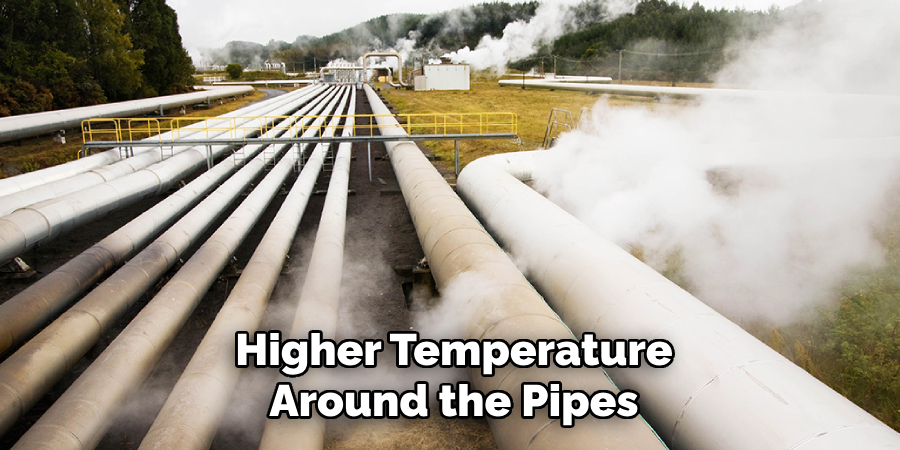
Additional Preventive Measures
Let Faucets Drip
Allowing faucets to drip slightly during extremely cold weather can effectively prevent pipes from freezing. When water flows, even just a trickle, it creates movement that makes it more difficult for the water to freeze within the pipes. This continuous movement can provide a critical safeguard during periods of severe cold. It’s advisable to let both hot and cold faucets drip, particularly those connected to pipes located under the mobile home, where freezing is more prevalent. This small action may save you from significant plumbing issues, as the cost of a minor water bill is often far less than the expense of repairing burst pipes.
Seal Gaps and Cracks
To keep cold air from infiltrating your mobile home and increasing the risk of frozen pipes, sealing gaps and cracks is essential. Materials Needed: Gather materials such as expanding foam, caulk, or weatherstripping suitable for outdoor use. Instructions: Begin by inspecting the skirting, foundation, and any areas around pipes for visible gaps or cracks.
Apply expanding foam to larger openings and use caulk for smaller crevices to create a tight seal. When sealing, ensure that the materials are applied evenly to achieve the best results. Tips: Regular inspections are crucial to maintaining the integrity of your seals. Weather can cause wear and tear, so it’s advisable to inspect these areas at the start of each season to ensure they remain effective in keeping your home warm and protecting your plumbing system from the harsh cold.
Troubleshooting and Emergency Measures
Identifying Frozen Pipes
Recognizing the signs of frozen pipes is crucial for timely intervention. Common indicators include a noticeable lack of water flow when turning on faucets or the presence of strange gurgling or banging noises in the plumbing system. If cold water taps are unresponsive, it’s likely that ice has formed within the pipes. In such instances, immediately turn off the water supply and apply gentle heat using a hairdryer or heat lamp to the affected area, avoiding direct heat to prevent damage.
Calling a Professional
If you’re unable to resolve the issue, it may be necessary to consult a plumber, particularly if there are significant ice blockages or if a pipe has burst. Recognizing when to seek help is vital; persistent issues, despite your attempts, warrant professional assessment. Engaging a licensed plumber ensures proper repairs and helps prevent further damage, as professionals possess the expertise and tools required to tackle complex plumbing challenges effectively.
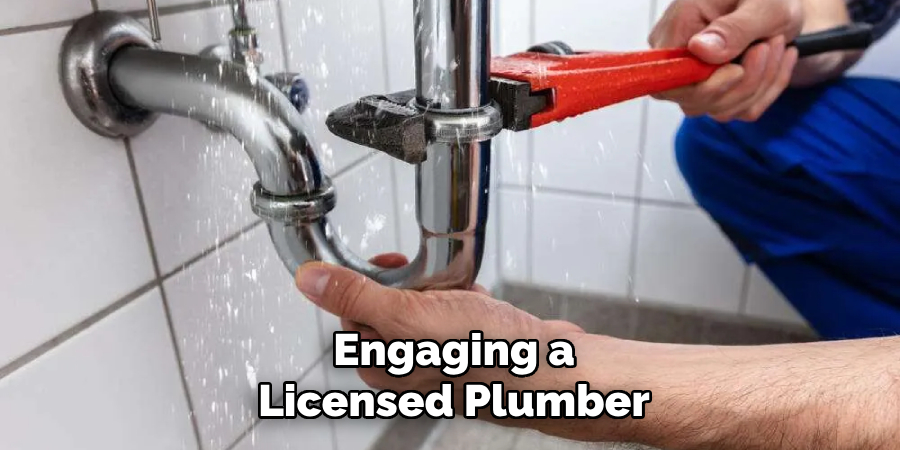
Frequently Asked Questions (FAQs)
1. What Should I Do if I Suspect My Pipes Are Frozen?
If you suspect your pipes are frozen, turn off the water supply to prevent flooding. Then, open the faucets to relieve pressure and allow water to flow once the ice melts. Apply gentle heat to the affected pipe area using a hairdryer or heating pad, avoiding open flames or high heat that may damage the pipe. If water flow doesn’t resume, or if you notice any leaks, it’s best to contact a plumber for professional assistance.
2. How Can I Tell if My Mobile Home Is at Risk for Frozen Pipes?
Mobile homes are particularly susceptible to freezing due to their elevated nature and exposed plumbing. Signs that your home may be at risk include unusually cold indoor temperatures, drafts around plumbing fixtures, and a lack of warm airflow in areas like crawl spaces. Regularly checking the insulation and sealing any gaps can help mitigate these risks, especially during cold weather.
3. Are Heated Cables Safe to Use on Pipes?
Yes, when installed and used according to the manufacturer’s instructions, heating cables are generally safe for use on pipes. They are designed to provide consistent warmth and prevent freezing. However, it is crucial to ensure that the cables are applied correctly without overlaps and that all electrical connections are secure to prevent fire hazards. Regular inspections of the installation can help maintain safety and effectiveness.
Conclusion
In summary, effectively preventing pipes from freezing under a mobile home involves a combination of strategies that ensure warmth and insulation. Key actions include insulating exposed pipes, utilizing heating cables, and maintaining warmth in the crawl space through space heaters and airflow circulation. Additionally, sealing any gaps and cracks is essential to prevent cold air from infiltrating the living areas.
We encourage you to take proactive measures to implement these strategies and protect your plumbing system, avoiding the inconvenience and costly damage associated with frozen pipes. Remember, understanding how to keep pipes from freezing under mobile home enables you to safeguard your home effectively. Lastly, always prioritize safety and conduct regular maintenance checks to ensure the long-term protection of your pipes and mobile home from harsh winter conditions.
